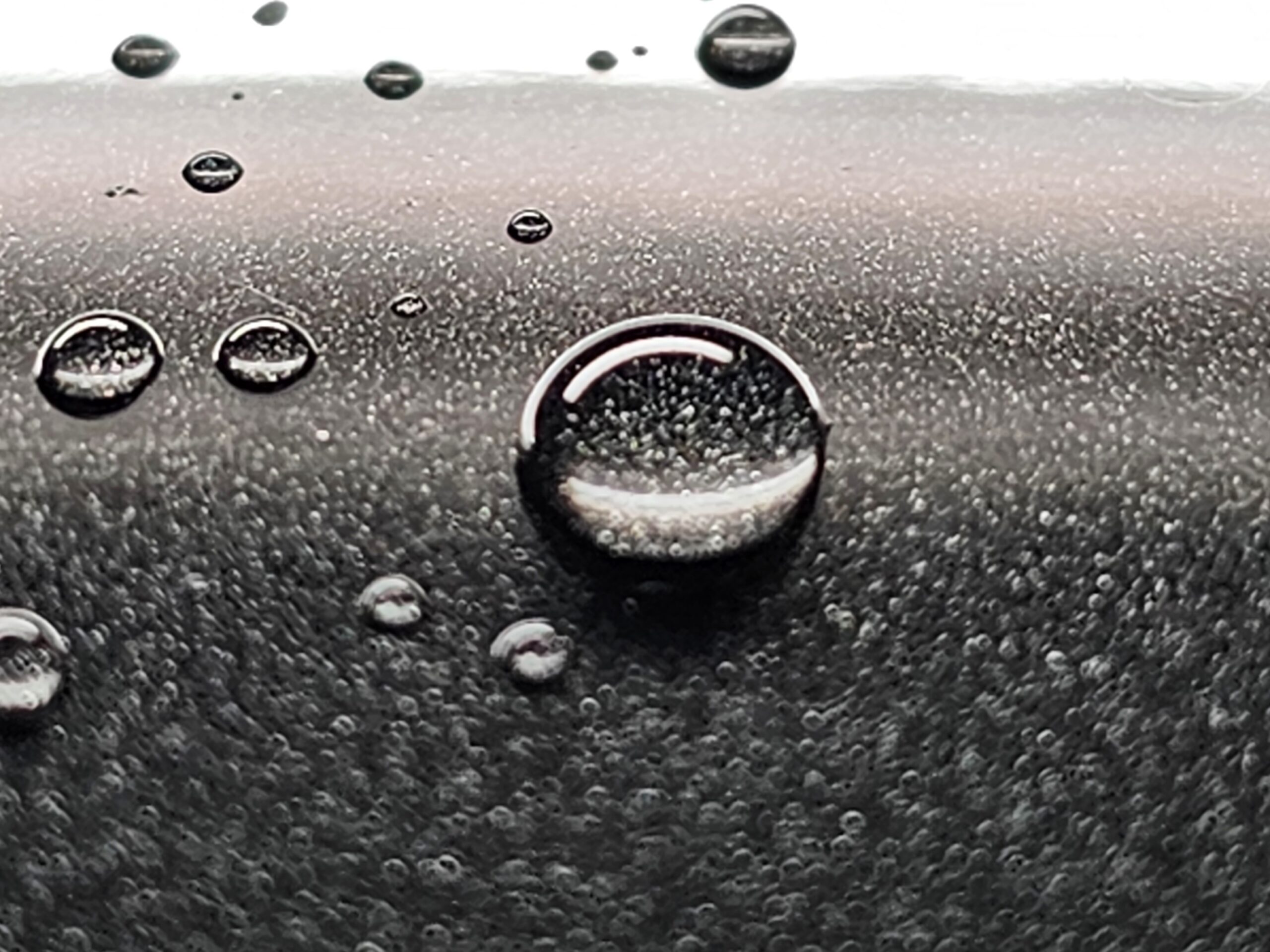As a car owner, you want to keep your vehicle looking its best. An essential aspect of maintaining your car’s appearance is ensuring that the paint is protected from the elements, road debris, and other potential hazards. But how can you tell if your car’s paint is well-protected? In this article, we’ll explore the key steps to assess the level of protection on your car’s paint, helping you maintain its vibrant, glossy appearance.
Visual Inspection: A Picture is Worth a Thousand Words
Start by taking a good look at your car’s paint. A well-protected surface should have a glossy, smooth finish that appears vibrant and clean. If the paint looks dull, faded, or has visible imperfections, it may be time to apply a protective product.

Water Beading Test: Unveiling the Hidden Protection
The water beading test is a simple yet effective way to determine if there’s a layer of protection on your car’s paint. Spray water onto the surface with a spray bottle, and observe how the water behaves. If it beads up into small droplets and rolls off the surface, it’s a sign that a wax or sealant is present. If the water lies flat and spreads out, your car’s paint likely lacks protection and is more susceptible to damage.
Touch Test: Feeling the Smoothness of Protection
After washing and drying your car, gently glide your fingers across the paint surface. A protected surface will feel smooth and slick to the touch, indicating the presence of a wax, sealant, or ceramic coating. If the surface feels rough, gritty, or sticky, it’s time to consider applying a protective product.
Please note that the touch test is one of the least optimal ways to determine if a surface is protected since there is a potential for your finger to scratch the surface. Perform this test with extreme caution, especially on sensitive high-gloss finishes.
Light Reflection: Assessing Shine and Depth
To further evaluate the level of protection on your car’s paint, inspect it under direct sunlight or a bright light source. A well-protected paint job will have a deep, reflective shine, showcasing its depth and color. Dull, hazy, or uneven paint may indicate a lack of protection or the need for a thorough polishing and protection application.
Maintain and Protect Your Car’s Paint for Lasting Beauty
Regularly assessing and maintaining your car’s paint protection is crucial for preserving its appearance and value. By performing visual inspections, water beading tests, touch tests (with caution), and light reflection assessments, you can gauge the current level of protection on your car’s paint and take the necessary steps to enhance it when needed.
Remember that paint protection products, such as waxes, sealants, and ceramic coatings, have varying lifespans and need to be reapplied periodically. By washing and maintaining your car’s paint regularly, you can prolong its beauty and keep it looking its best for years to come.
